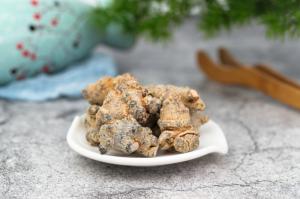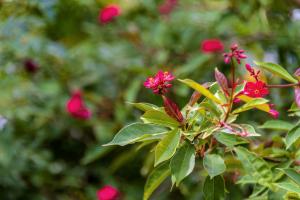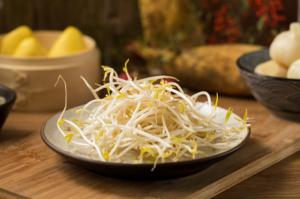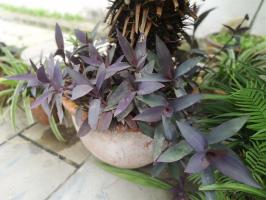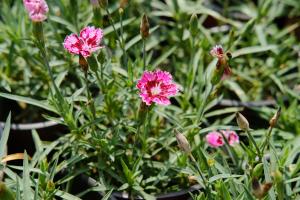What is an Heirloom Plant?
Heirloom plants are becoming increasingly popular among gardeners, both small-scale and large-scale. But what exactly is an heirloom plant? In this article, we will explore the definition of an heirloom plant, its history, and its benefits.
Definition of an Heirloom Plant
An heirloom plant is a plant variety that has been passed down through generations of a family or a community.
The definition of an heirloom plant is somewhat debated in the gardening world. Some people define heirloom plants as any plant that is over 50 years old, while others define them as only those plants that were bred before the advent of modern agriculture, which is generally accepted as the period before World War II.
Regardless of the definition, heirloom plants are always open-pollinated, meaning that they are pollinated naturally by insects or wind, rather than through human intervention. This leads to a great deal of genetic diversity within the plant population, which makes them hardier and more adaptable to changing environments.
History of Heirloom Plants
The history of heirloom plants dates back thousands of years, to a time when farmers saved seeds from their best plants to use in the next planting season. This led to the development of plant varieties that were well-suited to the local climate and soil conditions.
Over time, these plant varieties were passed down through families and communities, becoming the heirlooms that we know today.
With the advent of modern agriculture and the widespread use of hybridization and genetic modification, many heirloom plant varieties were replaced with more uniform and mass-produced plants. However, in recent years, there has been a resurgence of interest in heirloom plants, as people recognize their unique traits and flavors, as well as their historical significance.
Benefits of Heirloom Plants
There are many benefits to growing heirloom plants. One of the main benefits is their genetic diversity. Because heirloom plants are open-pollinated, they have a greater chance of being adaptable to changing environments and resistant to pests and diseases. This is in contrast to hybrid plants, which have been bred for specific traits and can be more vulnerable to environmental factors.
In addition to their genetic diversity, heirloom plants also offer a range of unique flavors, colors, and textures that are not found in modern varieties. This makes them ideal for gourmet cooking, as well as for food preservation through canning and pickling.
Furthermore, heirloom plants play an important role in preserving cultural heritage. Many heirloom varieties have been passed down through generations of a particular family or community, and they offer a glimpse into the agricultural practices and culinary traditions of the past.
Conclusion
Heirloom plants are an important part of our agricultural and cultural heritage. By growing these unique plant varieties, we can help to preserve genetic diversity, support sustainable agriculture practices, and connect with our past.

 how many times do yo...
how many times do yo... how many planted tre...
how many planted tre... how many pine trees ...
how many pine trees ... how many pecan trees...
how many pecan trees... how many plants comp...
how many plants comp... how many plants can ...
how many plants can ... how many plants and ...
how many plants and ... how many pepper plan...
how many pepper plan...
